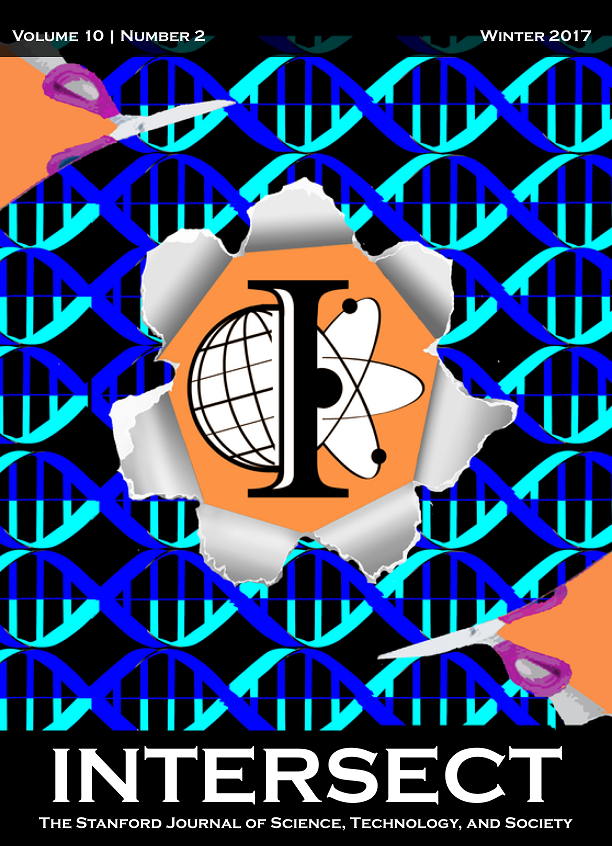Leveraging Video Game Playing to Improve Computational Biology Research
Abstract
Many problems in computational biology, such as predicting the native structure of proteins, are so computationally difficult to solve that even the most powerful supercomputers today cannot produce an exact solution within a reasonable amount of time. As a result, heuristic algorithms are used to approximate solutions to these problems. However, such algorithms often produce inaccurate solutions that do not hold up when tested in the laboratory. Recently, scientists created an approach that crowdsources solutions to these complex problems by providing video games called "games with a purpose" (GWAP) to the general public. Using GWAPs as a means of problem solving has been shown to be more efficient and accurate in solving computational biology problems, such as protein folding prediction, inverse RNA folding, and multiple sequence alignment. By finding ways to entice more people to play GWAPs, we can more effectively solve more problems, truly unlocking the potential of GWAPs.Â
Downloads
Published
Issue
Section
License
Authors who publish with this journal agree to the following terms:- Authors retain copyright and grant the journal right of first publication with the work simultaneously licensed under a Creative Commons Attribution License that allows others to share the work with an acknowledgement of the work's authorship and initial publication in this journal.
- Authors are able to enter into separate, additional contractual arrangements for the non-exclusive distribution of the journal's published version of the work (e.g., post it to an institutional repository or publish it in a book), with an acknowledgement of its initial publication in this journal.
- Authors are permitted and encouraged to post their work online (e.g., in institutional repositories or on their website) prior to and during the submission process, as it can lead to productive exchanges, as well as earlier and greater citation of published work (See The Effect of Open Access).

